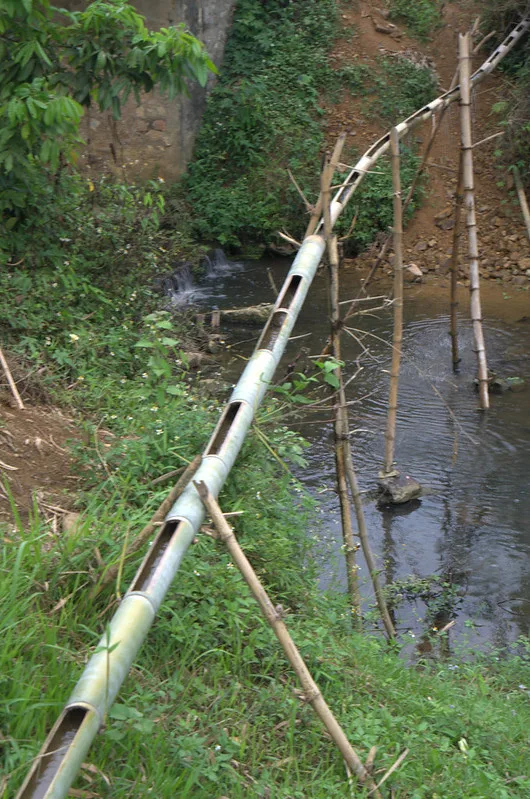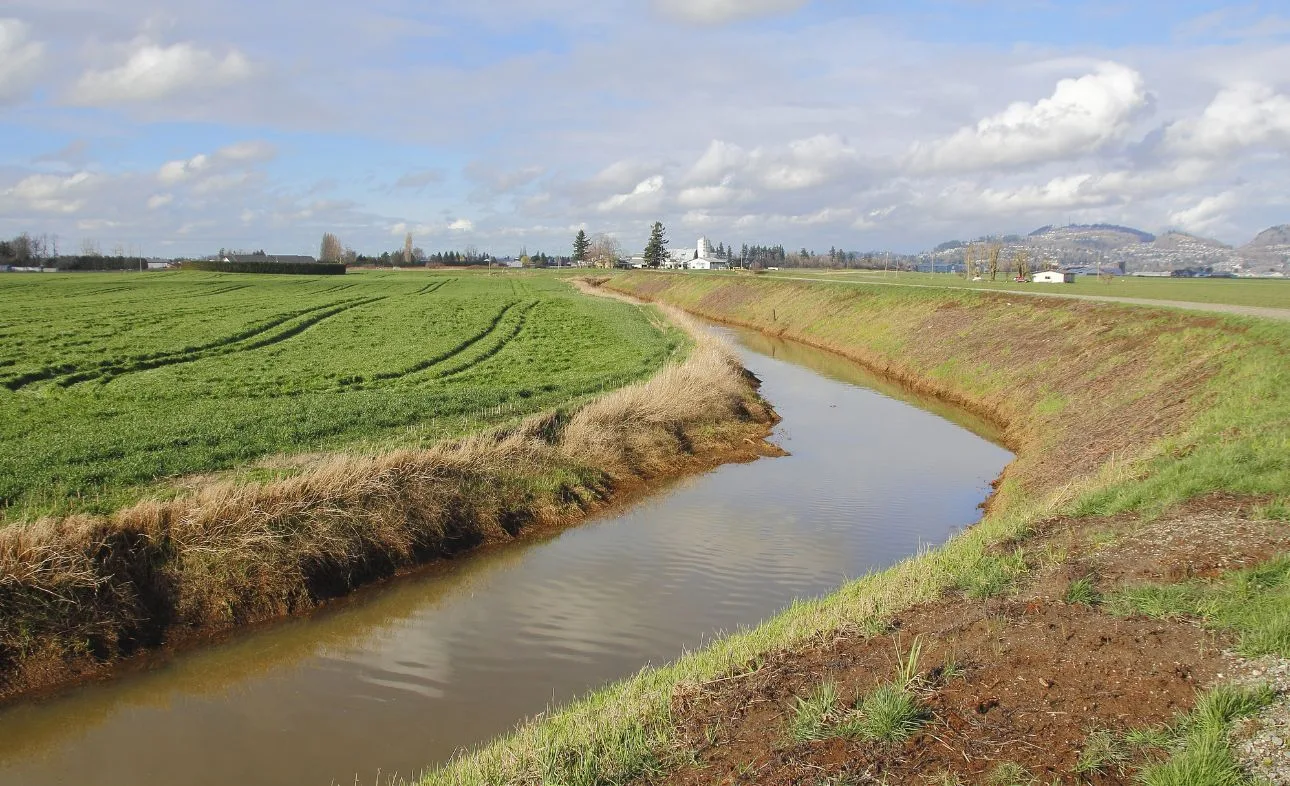Indian summers have grown markedly hotter, a change that is inseparable from the global climate crisis and which casts fresh urgency on traditional water-harvesting and storage methods. Traditional water harvesting and storage techniques have been practised across the Indian subcontinent for millennia, reflecting an intrinsic understanding of local climate, topography and community needs. Here are some ancient and traditional water conservation methods that can inspire us to tackle the water crisis today.
Stepwells (Baoli or Vav)
Stepwells are among India’s most iconic water-harvesting edifices. Architecturally elaborate, these subterranean structures descend in a series of steps from ground level to the water table, offering both storage and access throughout the year.
- Rani ki Vav, Gujarat: Built in the eleventh century at Patan, this UNESCO World Heritage site extends over 64 metres in length and features intricate carvings on its seven storeys. Its stepped design ensures that water remains accessible even as levels fluctuate during the dry season.
- Adalaj Stepwell, Gujarat: Constructed in 1499, it combines Hindu and Islamic architectural motifs. The octagonal plan and five flights of steps not only store vast quantities of water but also provide respite from the heat through cool subterranean chambers.
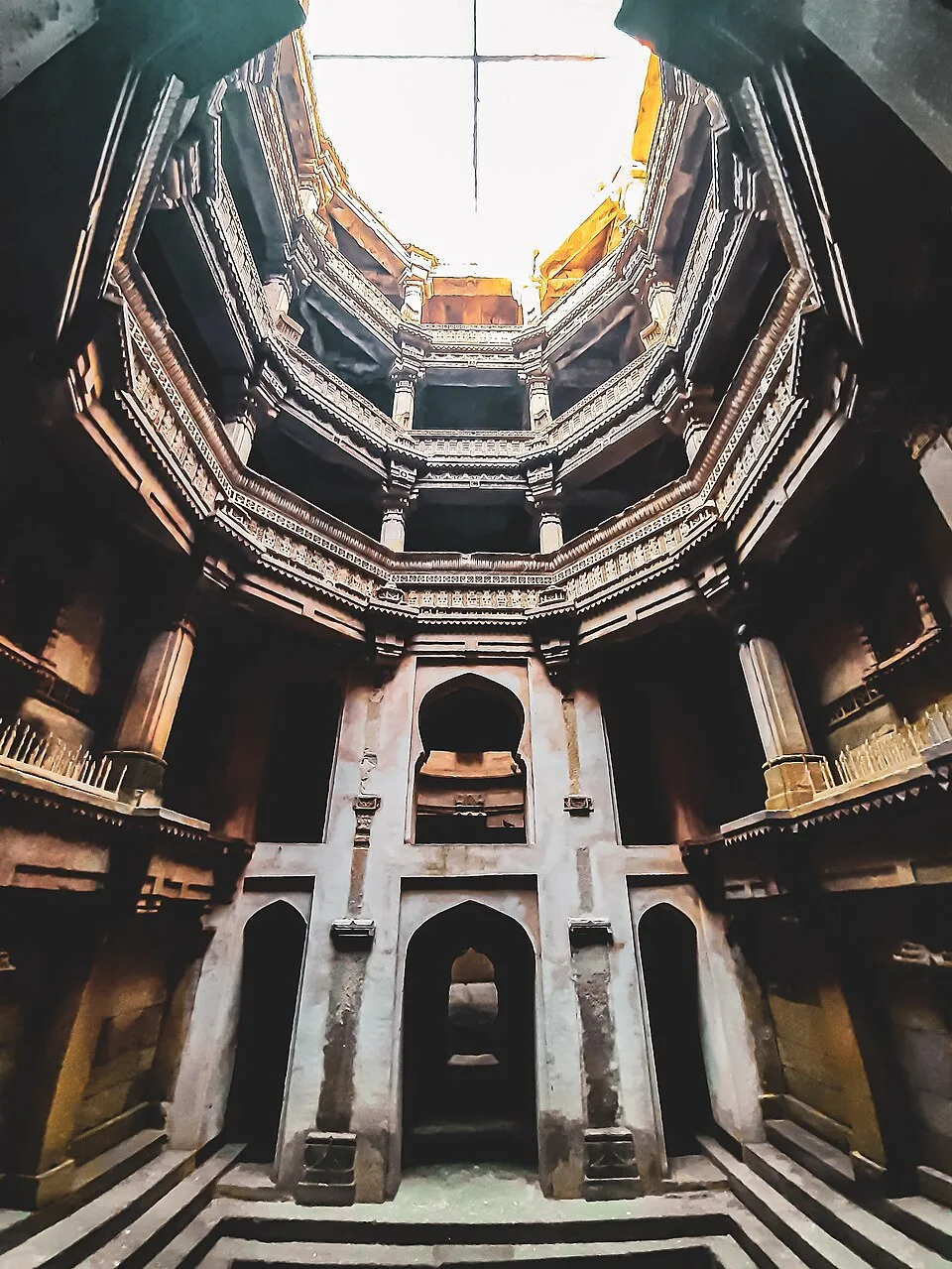
Stepwells served dual purposes as reservoirs and social-cultural hubs, where pilgrims and merchants could convene, trade and rest.
Johads and Earthen Bunds
In arid and semi-arid regions, simple earthen embankments known as johads in Rajasthan and bunds in Gujarat span across seasonal streams to impound water.
- Rajasthan Johads: Typically 1–3 metres high, these embankments capture monsoon runoff, creating shallow ponds. Water percolates gradually, recharging nearby wells and boreholes. Villages such as Alwar and Karauli have revived hundreds of johads under community-driven water security programmes.
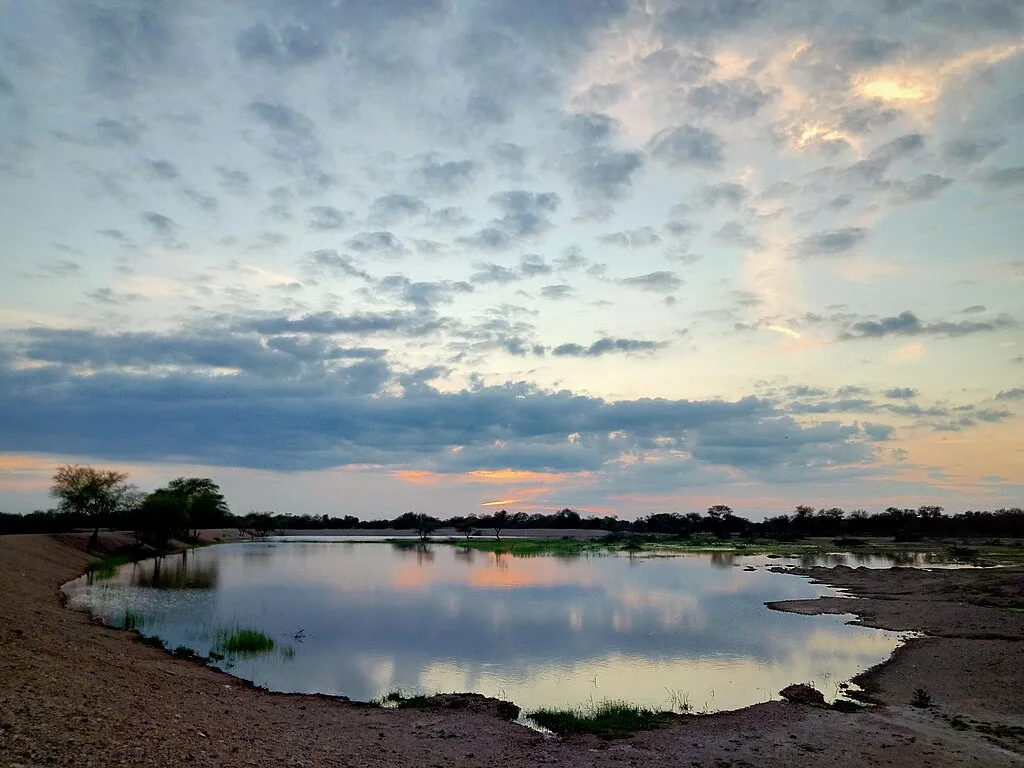
- Phad System, Gujarat: In the Saurashtra region, small earthen check dams (‘bunds’) built across rivulets support downstream irrigation. Surplus water seeps into adjoining fields, enhancing moisture content and reducing dependence on borewell extraction.
The simplicity of construction is that it often uses locally available soil and vegetation, making its maintenance affordable and replicable.
Temple Tanks (Pushkarni or Kalyani)
South India, in particular Tamil Nadu and Karnataka, abounds with temple tanks adjacent to major shrines. Known as pushkarni or kalyani, these tanks fulfil both sacred and practical functions.
- Srirangam Ranganathaswamy Tank: One of the largest temple tanks, covering some 60 acres, it receives rainwater from the surrounding catchment. During festivals, it forms the centrepiece of ritual bathing ceremonies.
- Meenakshi Amman Temple, Madurai: The potramarai kulam (‘golden lotus tank’) is a rectangular water body that not only blesses devotees but also moderates the microclimate of the temple complex.
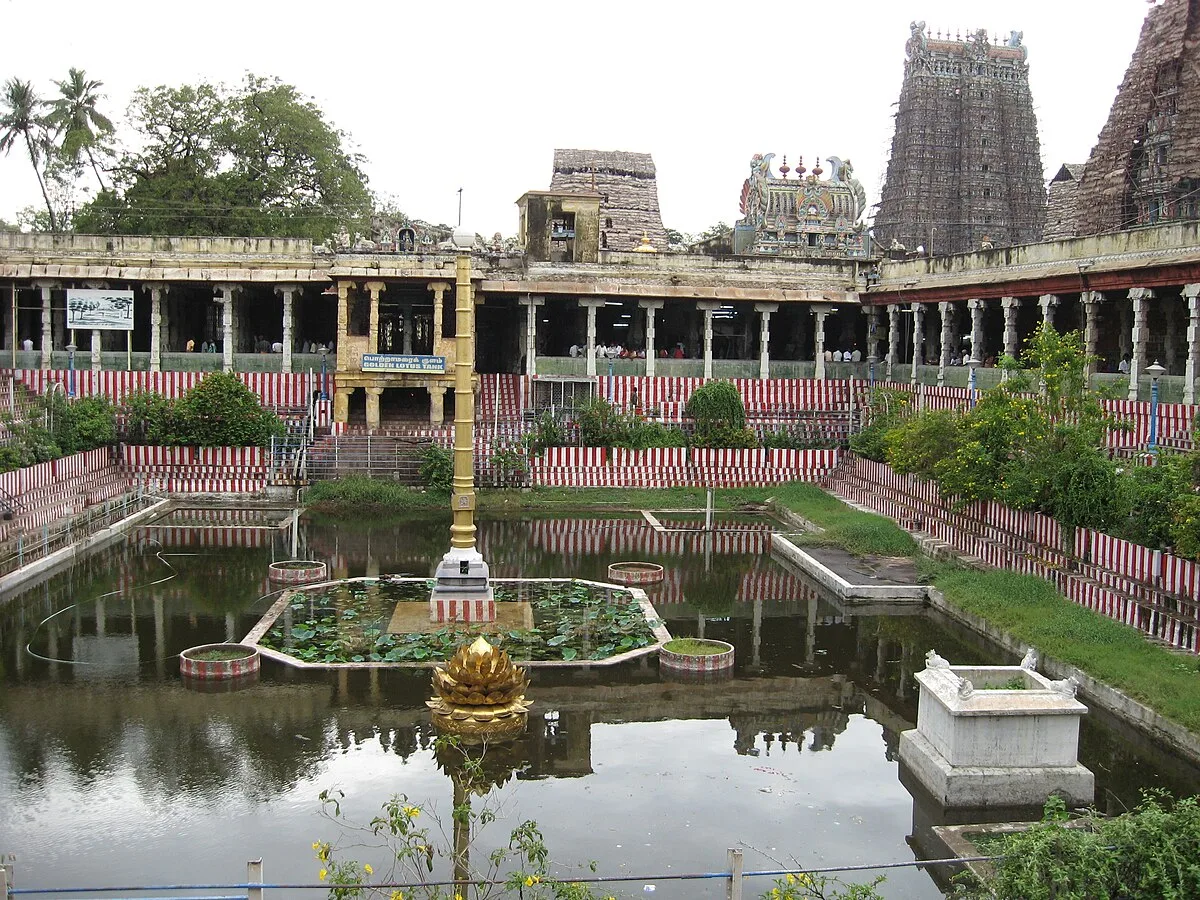
Regular desilting and repair of the enclosing granite steps and retaining walls are managed by temple trusts, ensuring longevity.
Karez Systems (Qanat)
The karez (or qanat) technique, originally developed in Persia, was adopted in the Thar Desert regions of Rajasthan:
- Mother Well: A deep vertical shaft taps into the water table.
- Underground Tunnel: A gently sloping conduit conveys water by gravity over several kilometres.
- Decentralised Outlets: Smaller shafts provide ventilation and access for maintenance.
In villages such as Jaisalmer and Bikaner, karez systems historically supplied domestic and agricultural water. Although many fell into disuse during the twentieth century, several have been restored under heritage conservation and rural development schemes.
Taankas and Kunds
In the hyper-arid zones of western Rajasthan, underground storage structures called taankas and kunds complement other harvesting methods:
- Taankas: Circular or rectangular pits lined with stone and lime mortar, covered with domes to prevent evaporation and contamination. Rainwater from rooftops and small catchments drains into the taanka, where it is stored for household use.
- Kunds: Larger community ponds, often lined and fenced, that serve livestock, washing and irrigation needs. Their modest construction cost and ease of repair make them indispensable in water-scarce hamlets.
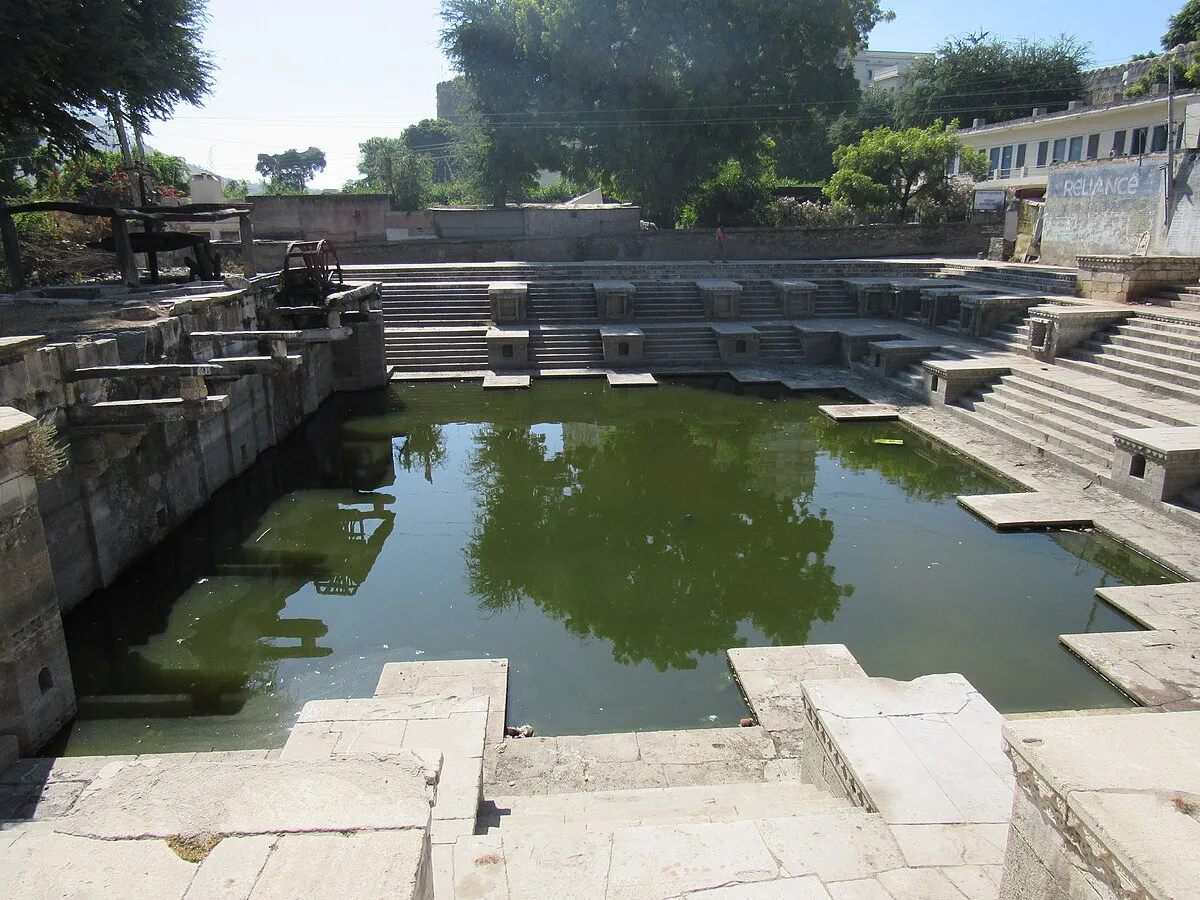
Bamboo Drip Irrigation
In the hilly terrain of Meghalaya and parts of the North-East, indigenous communities devised a low-cost drip irrigation system using hollow bamboo pipes. A network of interconnected bamboo channels, sloped to maintain a steady flow, transports spring water to areca nut and fruit orchards. Through controlled drips at root zones, evaporation losses are minimised.
This technique exemplifies how local materials and topographical gradients can be harnessed for precision water delivery.
